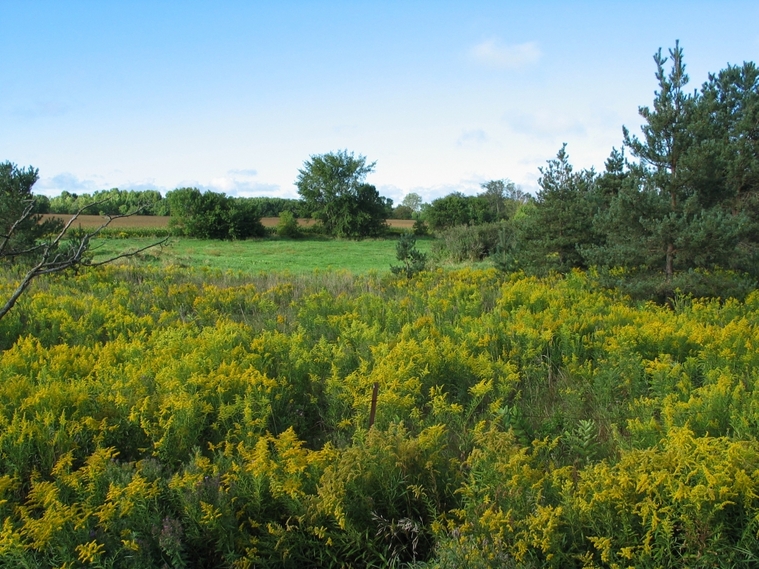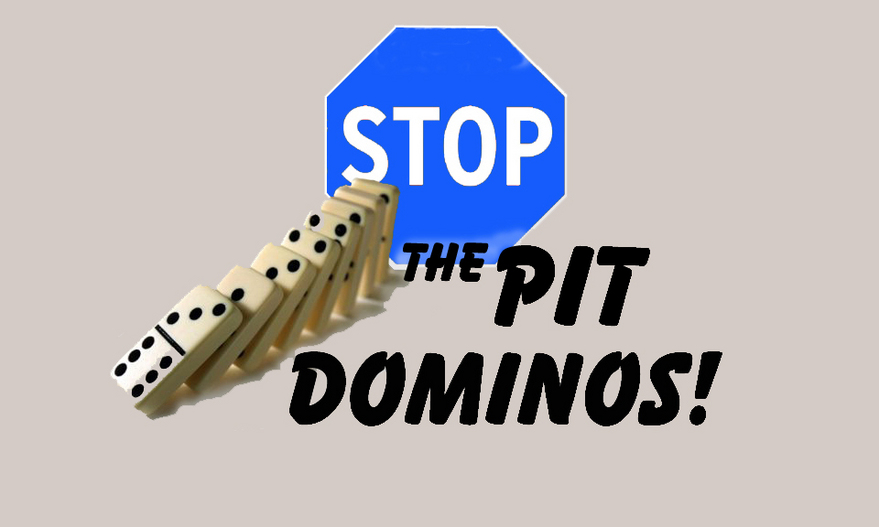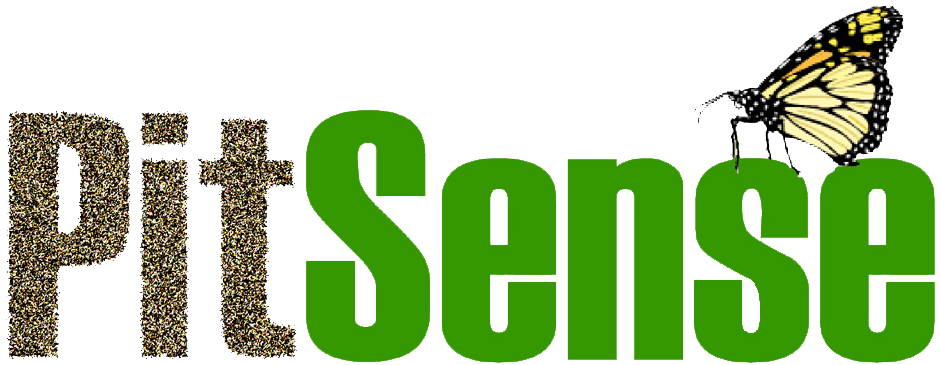PitSense is a community of people organized to respond to proposals for further increases in the number and size of aggregate operations in Caledon.
We are opposed to the continuing 'Domino Effect' growth of open pit mines and quarries in the agricultural and rural residential areas of the Niagara Escarpment and UNESCO World Biosphere Reserve.
"Do the best you can until you know better. Then when you know better, do better."
.... Maya Angelou
Copyright © 2010-2024 PitSense Niagara Escarpment Group Inc.
All rights reserved
POSITION PAPERS
views on this page will be updated as new
information and community input becomes available
We present these 'Position Papers' in the hope that they will inspire thoughtful consideration of, and dialogue about, a variety of issues pertaining to aggregate mining in Ontario. We welcome your comments and input. Please let us know what you think and what other issues you would like to see discussed. We see these positions as evolving over time, subject to submissions received, developments in the community, in the industry, and on the political scene.
POSITION PAPER 1 - POLITICAL REPRESENTATION - MUNICIPAL COUNCILLORS
Municipal Councillors often make controversial decisions about major land use changes for gravel strip mines which affect their constituents' health, safety, normal use & enjoyment of their lands, their real property values, etc., essentially forever. Under these circumstances, we ask ‘what is the nature and scope of a municipal councillor’s responsibilities to the constituents they represent?’
Read full paper HERE
POSITION PAPER 2 - RECYCLING
We at PitSense heartily endorse increased usage of recycled materials for infrastructure improvements and construction projects. We also believe there are many examples around the world that can guide our implementation of increased usage.
Read full paper HERE
POSITION PAPER 3 - LAND USE
It is our position that proper land use planning must include incorporation of existing provisions contained in relevant existing legislation and guidelines. In particular we refer to:
Ontario Ministry of the Environment - D-series GUIDELINES
COMPATIBILITY BETWEEN INDUSTRIAL FACILITIES AND SENSITIVE LAND USES
Read full paper HERE
POSITION PAPER 4 – AIR QUALITY
In 2004, Health Canada and Environment Canada estimated that five common air pollutants contribute to about 2,900 premature deaths each year in four Ontario cities – Windsor, Hamilton, Toronto and Ottawa. The researchers attributed almost one third of
those deaths to short-term exposures to the mix of air pollutants and over two thirds of the deaths to long-term exposures to PM2.5 alone. They calculated that five common air pollutants were responsible for between 7% (in Ottawa) and 10% (in Toronto and Hamilton) of all premature deaths in the four cities. (Judek, 2004)
Read full paper HERE
POSITION PAPER 5 – SOCIAL IMPACT
What is a Social Impact Study? - A Social Impact Study (SIS) or Social Impact Assessment (SIA) would determine the social changes likely to occur as a direct or indirect result of an Industrial Aggregate Extraction operation. The SIS/SIA process involves:
* describing the existing social conditions,
* predicting the social changes that may result from the project;
* assessing the significance of the predicted changes, and;
* identifying ways of lessening potential impacts.
Read full paper HERE
POSITION PAPER 6 – EXCESS SOIL MANAGEMENT
As defined by the Ministry of the Environment (MOE), “excess soil” is soil that has been excavated, mainly during construction activities, which cannot or will not be reused at the site where the soil was excavated and must be moved off site.
It is our position that proper excess soil management must include incorporation of existing provisions contained in relevant existing legislation and guidelines. In particular we refer to the MOE document “Management of Excess Soil – A Guide for Best Management Practices” published January 2014. The intent of this MOE document is to provide guidance in soil management “…particularly when the soil may be affected by contamination, in preventing and mitigating the potential for adverse effects.”
Read full paper HERE
POSITION PAPER 7 – PROPERTY VALUES
Open pit strip mining of sand, gravel, bedrock & shale in Ontario is commonly associated with excessive noise, vibration, dust and particulates, water table changes, water quality threats, permanent landscape changes, loss of natural heritage feature & functions and associated haul route adverse impacts.
These operations cause adverse impacts that negatively affect the normal use & enjoyment of adjacent lands leading to a loss of real property values.
Read full paper HERE





